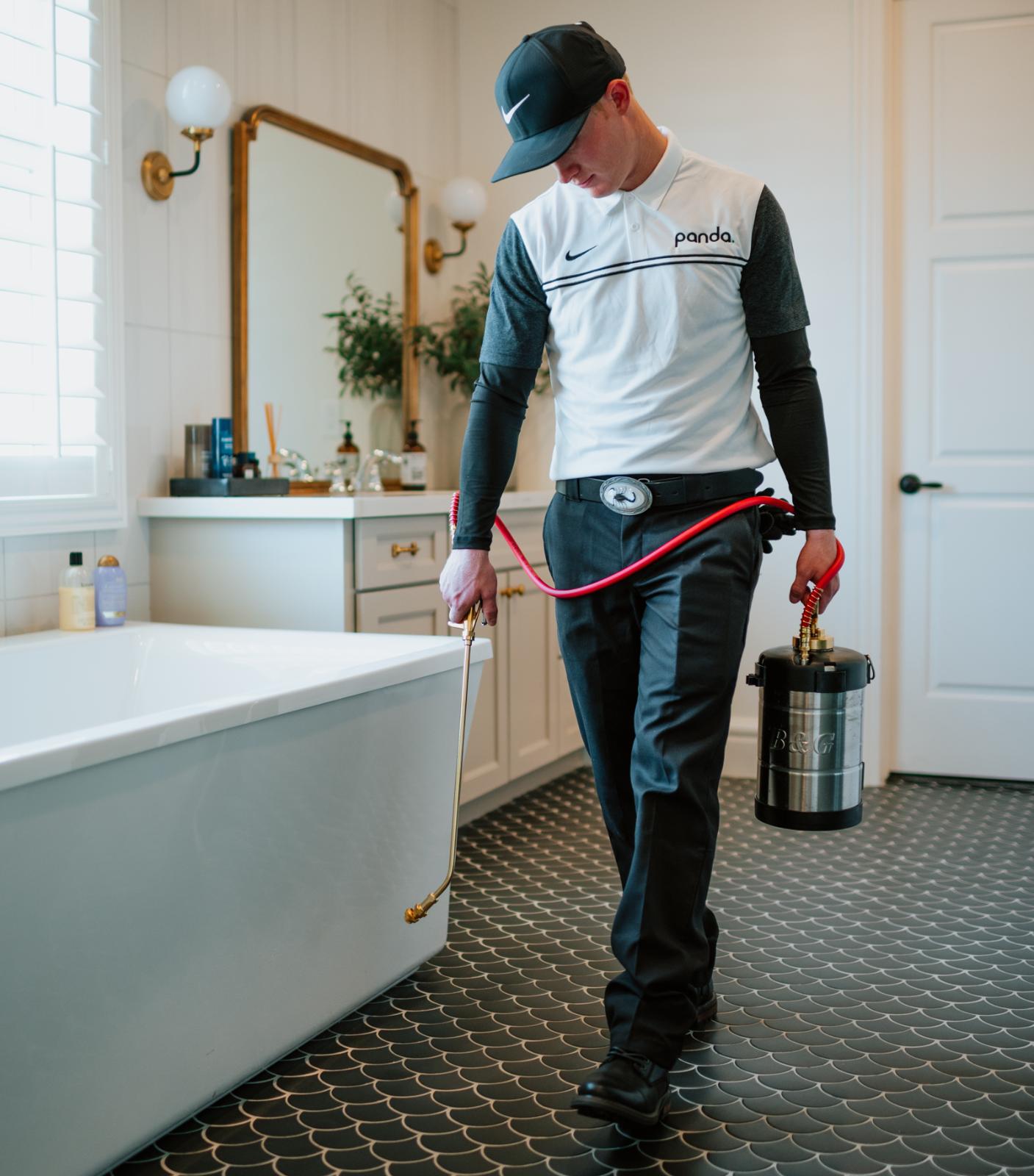In multi-family housing environments, pest issues can quickly shift from isolated nuisances to widespread infestations. With shared walls, communal spaces, and a high volume of foot traffic, apartments and condos are especially vulnerable to pest problems. Regular pest control isn’t just about managing bugs, but also an essential aspect of property upkeep, tenant satisfaction, and health standards.
When pests like ants, rodents, or silverfish show up in one unit, they rarely stay confined. For property managers and owners, understanding the advantages of proactive pest control can mean the difference between routine maintenance and emergency remediation.
 Prevent Infestation Spread Through Shared Spaces
Prevent Infestation Spread Through Shared Spaces
Pests are opportunistic. In multi-family settings, once they gain access to one unit, it’s only a matter of time before they explore others. Gaps in flooring, plumbing lines, and wall voids offer uninterrupted highways for insects and rodents. Without routine inspections and treatment, an isolated issue can become a building-wide problem.
Regular pest control helps intercept these pests before they spread. Rodents, in particular, exploit shared infrastructure like vents or garbage chutes to move between units. Scorpions and silverfish prefer dark, damp utility spaces, which often go unnoticed. A recurring pest control schedule keeps these zones monitored and treated, reducing the risk of structural invasion and tenant complaints.
Protect Tenant Health and Property Reputation
Insects and rodents are more than just unwanted guests, as they pose genuine health risks. Rodents can transmit harmful bacteria through droppings and urine. Mosquitoes are known vectors for diseases like West Nile virus. Even ants and silverfish can contaminate food and trigger allergic reactions.
By committing to regular pest control, property managers show tenants that their health and comfort are a top priority. This investment in proactive care also pays off reputationally. Word-of-mouth and online reviews often reflect how well a property handles maintenance concerns, and visible pests can quickly become deal-breakers for prospective renters.
Reduce Maintenance Costs Over Time
The upfront cost of scheduled pest control is significantly lower than the expense of emergency intervention, unit repairs, or tenant turnover caused by infestations. Preventive treatments help limit long-term damage and identify risks before they become expensive.
Common maintenance concerns connected to pest issues include:
- Chewed wires or insulation caused by rodents
- Damaged drywall or baseboards from ant and earwig activity
- Moisture buildup due to mosquito-friendly conditions in drains or leaks
Routine monitoring also ensures that early signs of pest problems are caught before they cause permanent damage. Tenants are far less likely to report pest sightings when treatment is consistent, lowering the volume of service requests and improving the predictability of operational costs.
Address Pest-Specific Vulnerabilities Proactively
Not all pests behave the same way, and understanding species-specific behavior is critical for effective control in multi-unit dwellings. Different environments within the same property attract different pests. Knowing where and when they tend to appear allows for smarter prevention strategies.
Key vulnerabilities include:
- Ants: Attracted to food residue in kitchens or communal trash bins
- Earwigs: Thrive in wet landscaping beds or ground-floor patios
- Mosquitoes: Breed in clogged gutters, standing water on rooftops, or neglected planters
- Rodents: Invade attics, utility closets, or garages through small gaps in siding
- Scorpions: Hide in wall voids, plumbing chases, and dark, cool areas
- Silverfish: Prefer humid bathrooms and storage rooms with paper, fabric, or cardboard
In these cases, a professional approach allows property owners to select pest control methods tailored to their specific needs. Choosing the right technique, whether baiting, sealing, or targeted application, requires more than guesswork. It’s essential to weigh different control methods carefully to ensure they are effective across multiple units without causing tenant disruption.
Build Long-Term Peace of Mind
With tenants expecting clean, safe, and comfortable living environments, regular pest control offers more than immediate relief; it builds confidence in property management. A consistent service plan makes inspections more efficient, reduces reactive treatments, and helps build a reliable pest history that can be used to spot patterns or seasonal surges.
In addition, long-term pest control planning allows property managers to:
- Maintain compliance with local health or housing codes
- Offer added value to prospective tenants concerned about safety
- Keep consistent records that aid in preventative maintenance scheduling
Pest-free living is not just a perk, but a standard expectation. Meeting that expectation consistently requires a level of expertise and follow-through that casual DIY efforts rarely match. For multifamily communities, peace of mind begins with prevention, and prevention begins with a recurring pest management plan.
Stop Infestations Before They Start
When it comes to multi-family properties, prevention is always more efficient and far less costly than reaction. Pest issues don’t stay confined to one unit, and neither should your solution. A routine schedule of expert inspections and treatments helps you stay ahead of the problems that ants, rodents, scorpions, and other invasive pests can cause.
Don’t wait for infestations to spread or for online reviews to reflect a problem that could have been avoided. Take a proactive approach and partner with experts who understand the unique demands of multi-family living.
Get in touch with our team at Panda Pest Control to learn how a strategic, recurring service plan can protect your property season after season.


